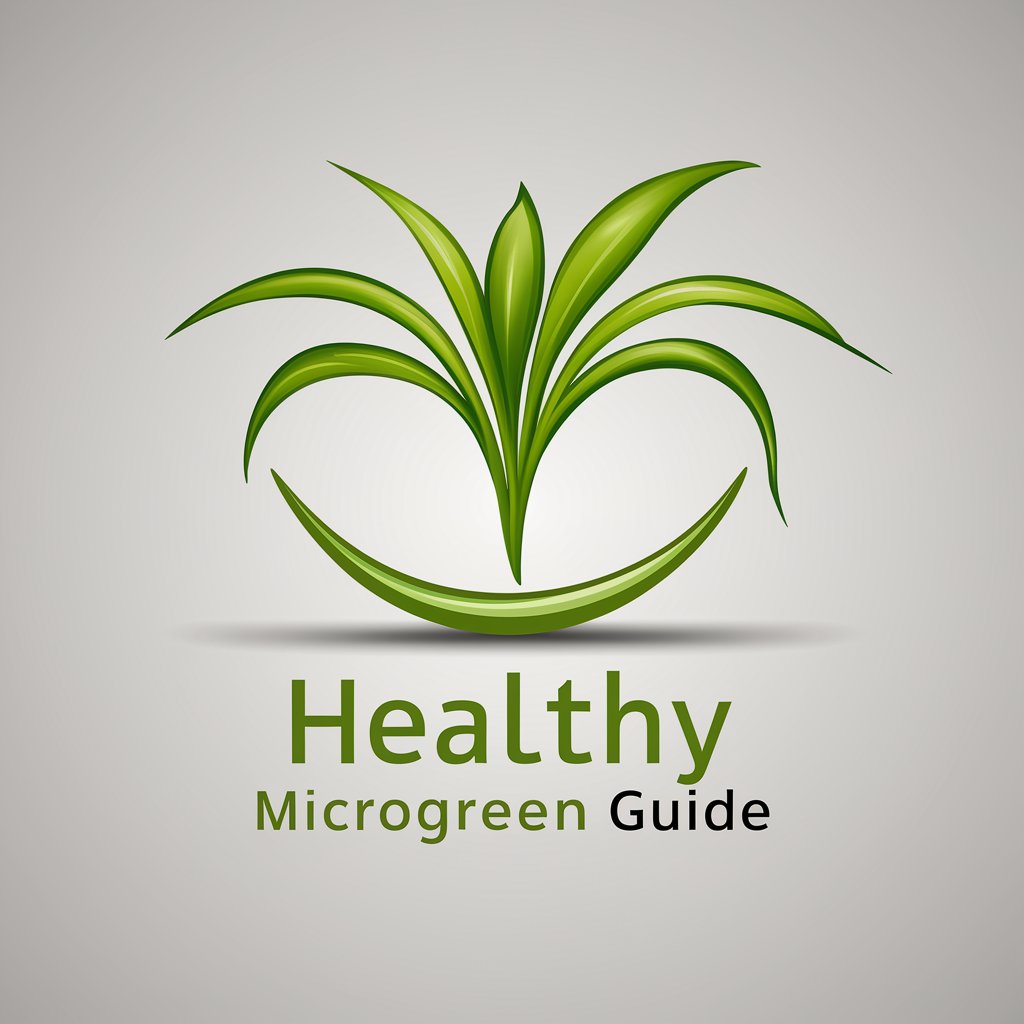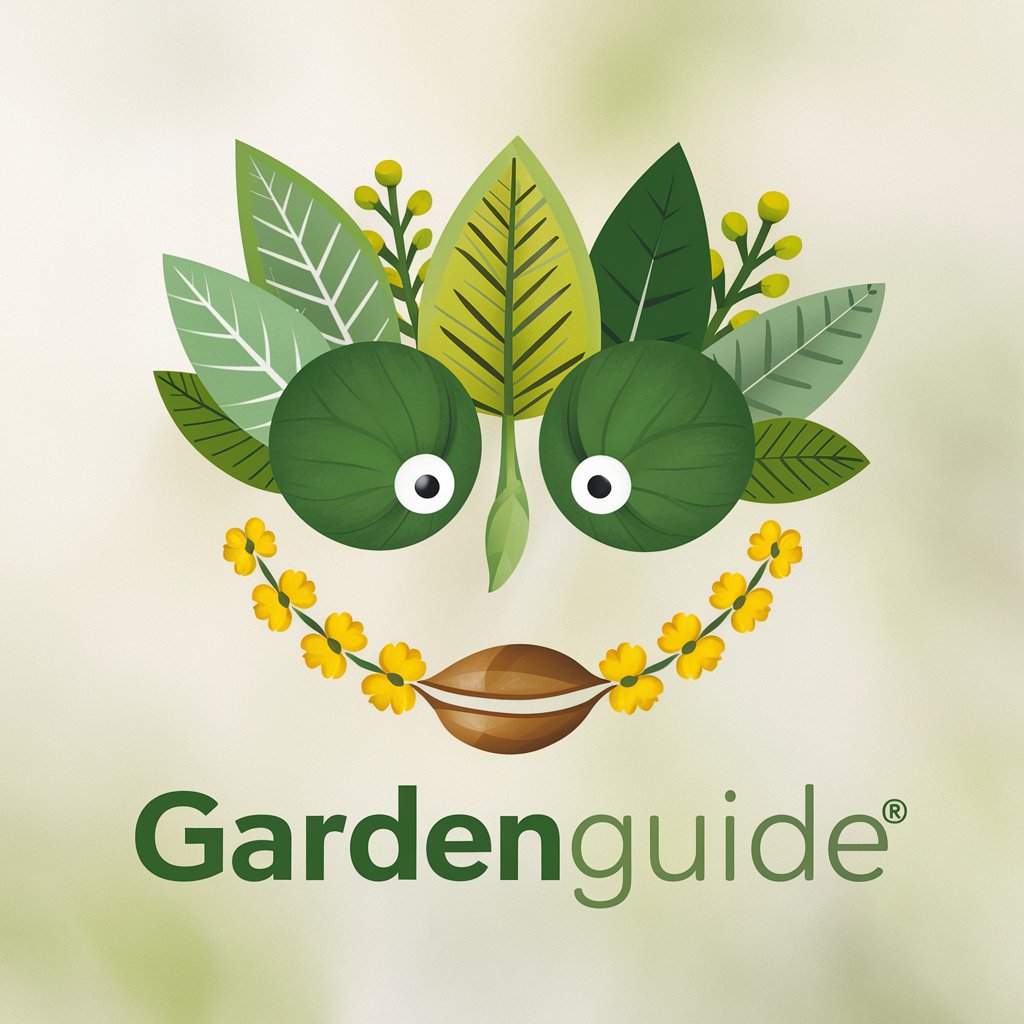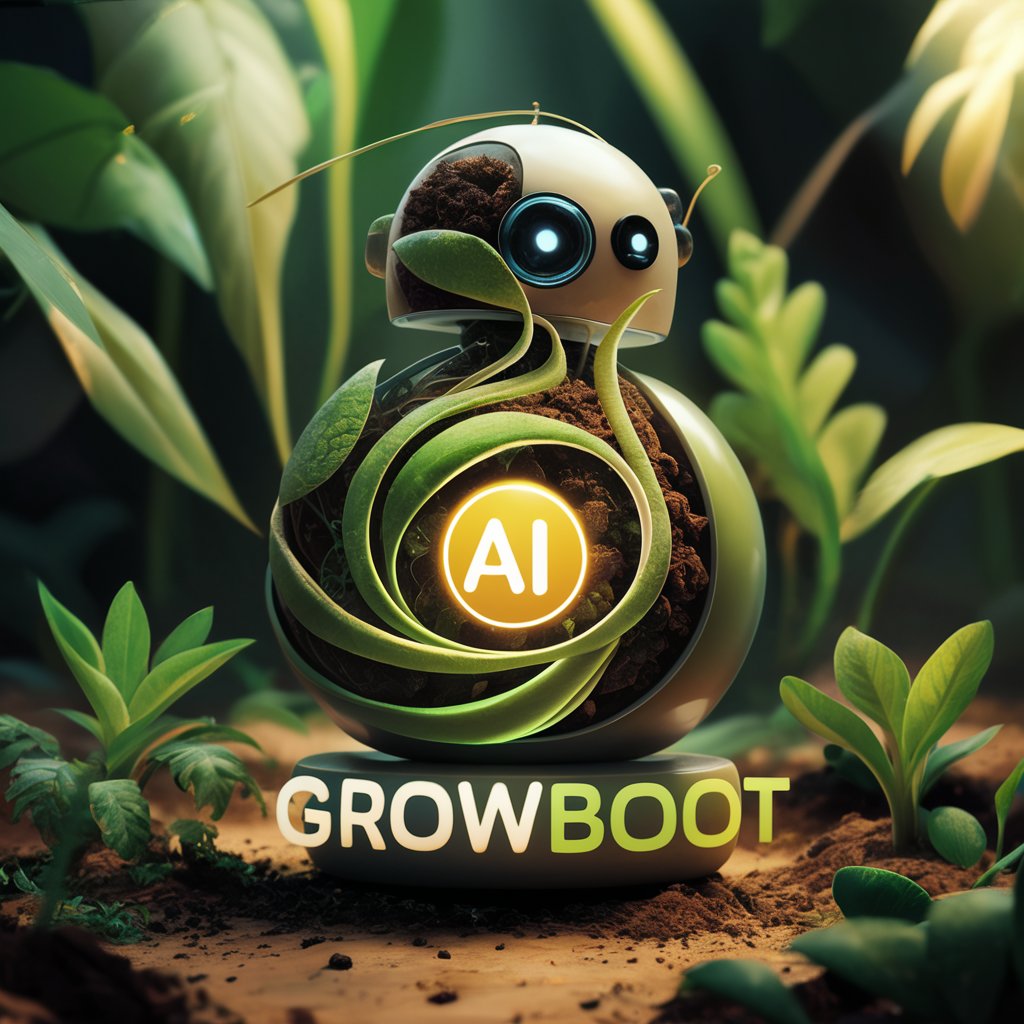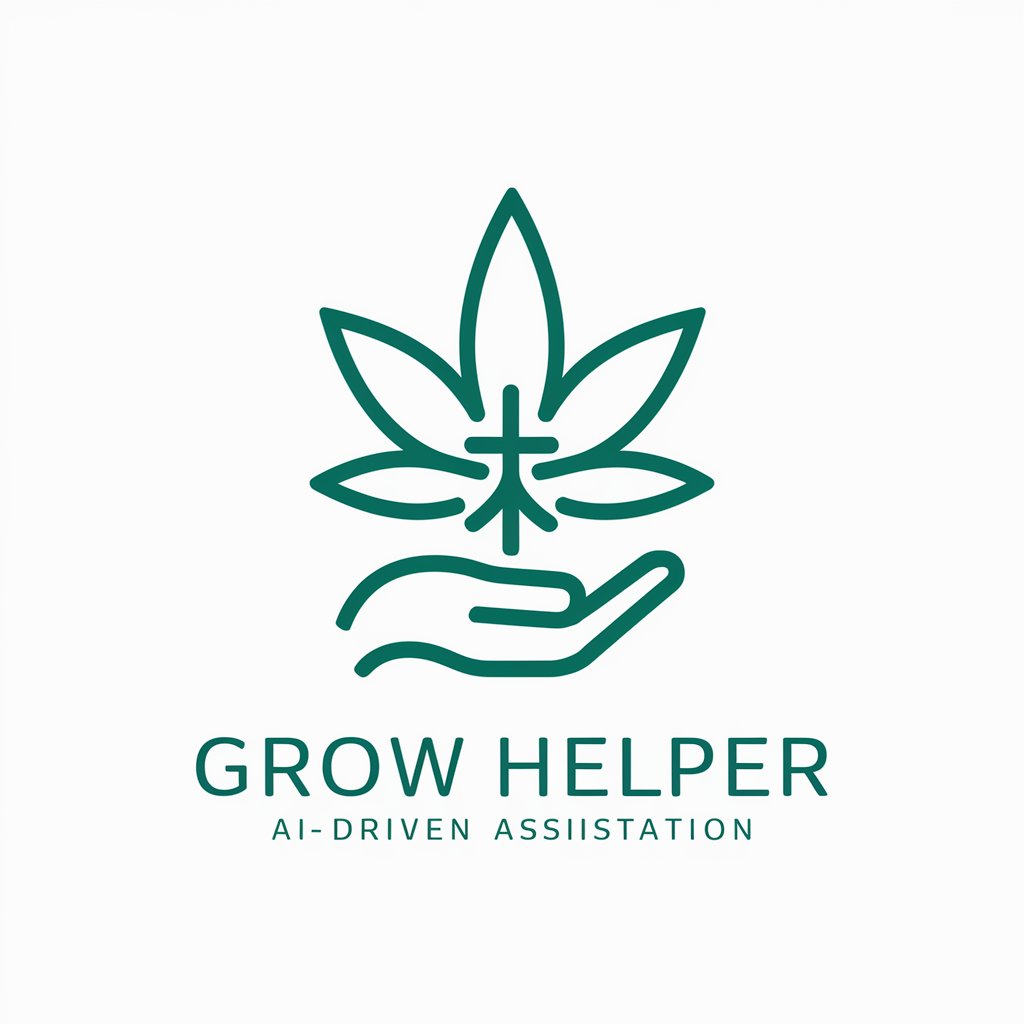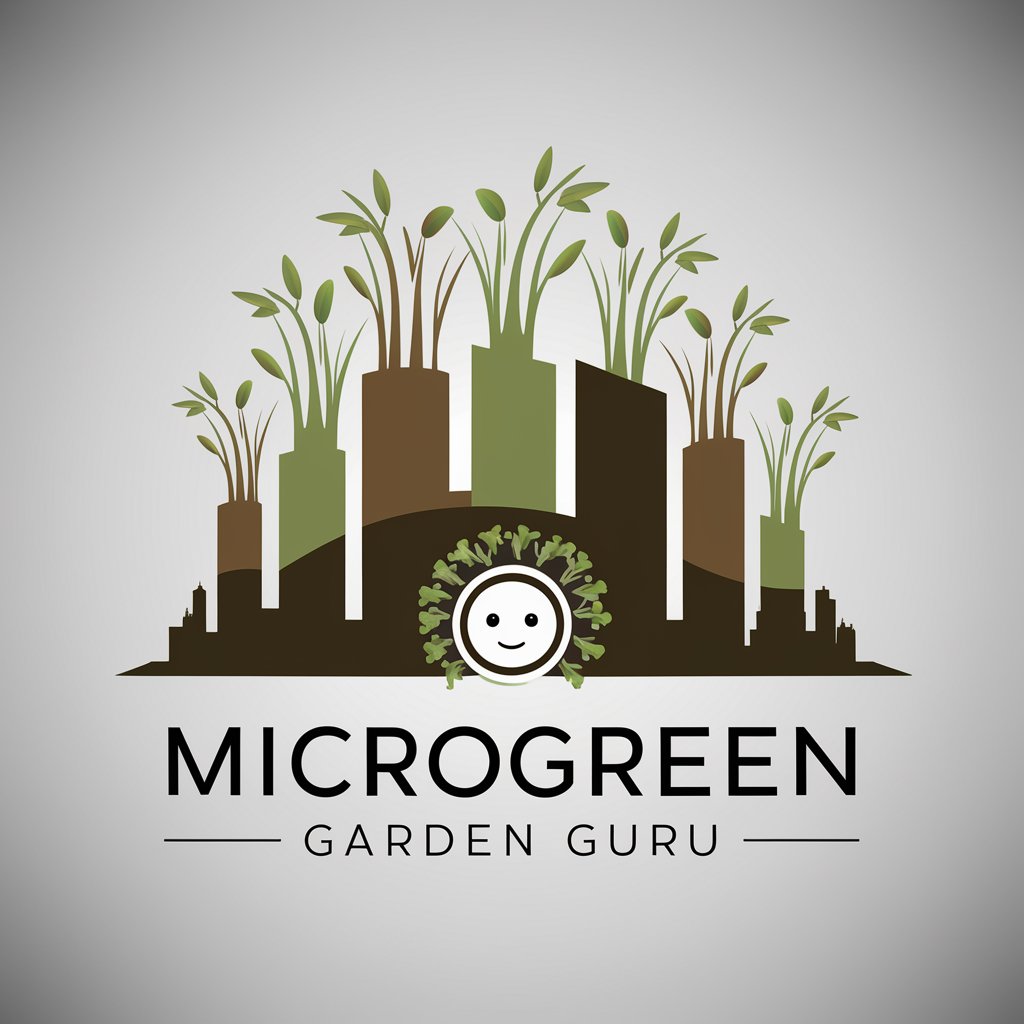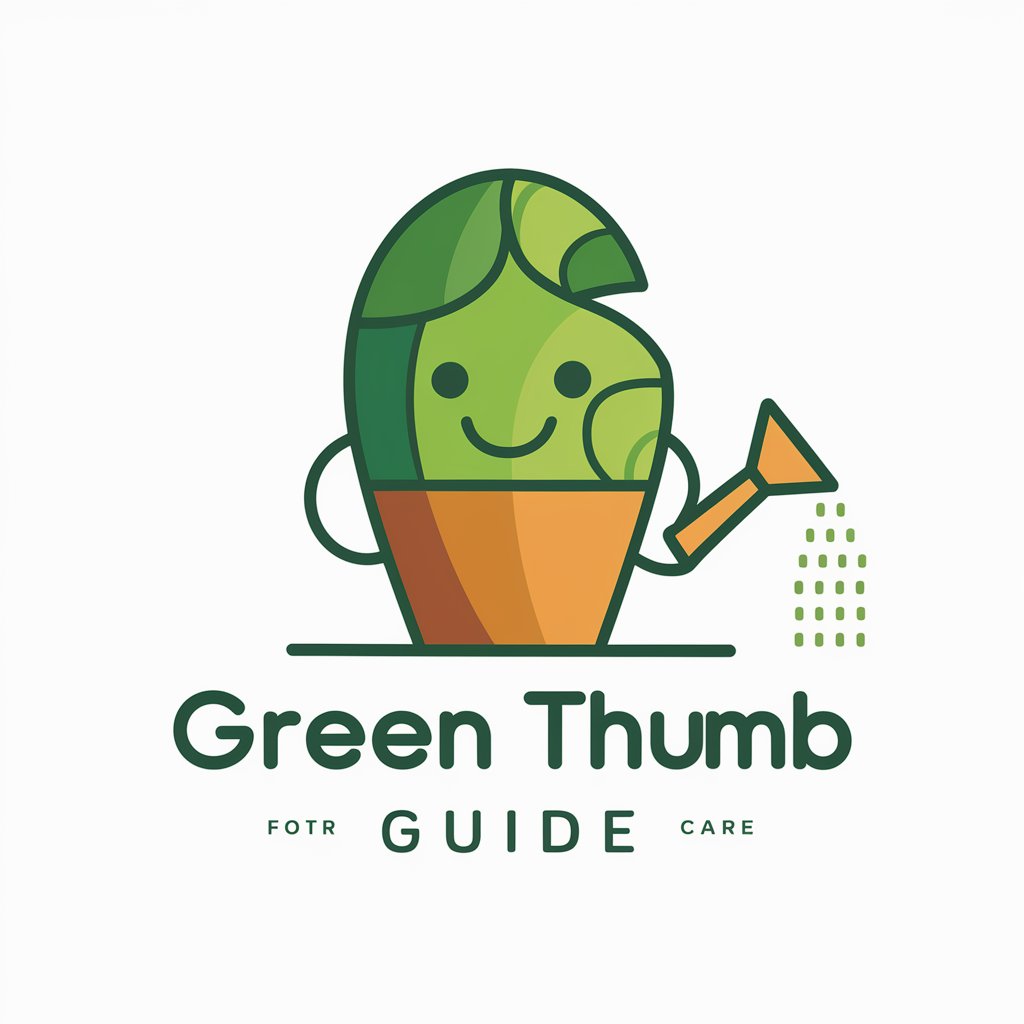
Edible Growing Guide - Organic Vegetable Gardening Aid
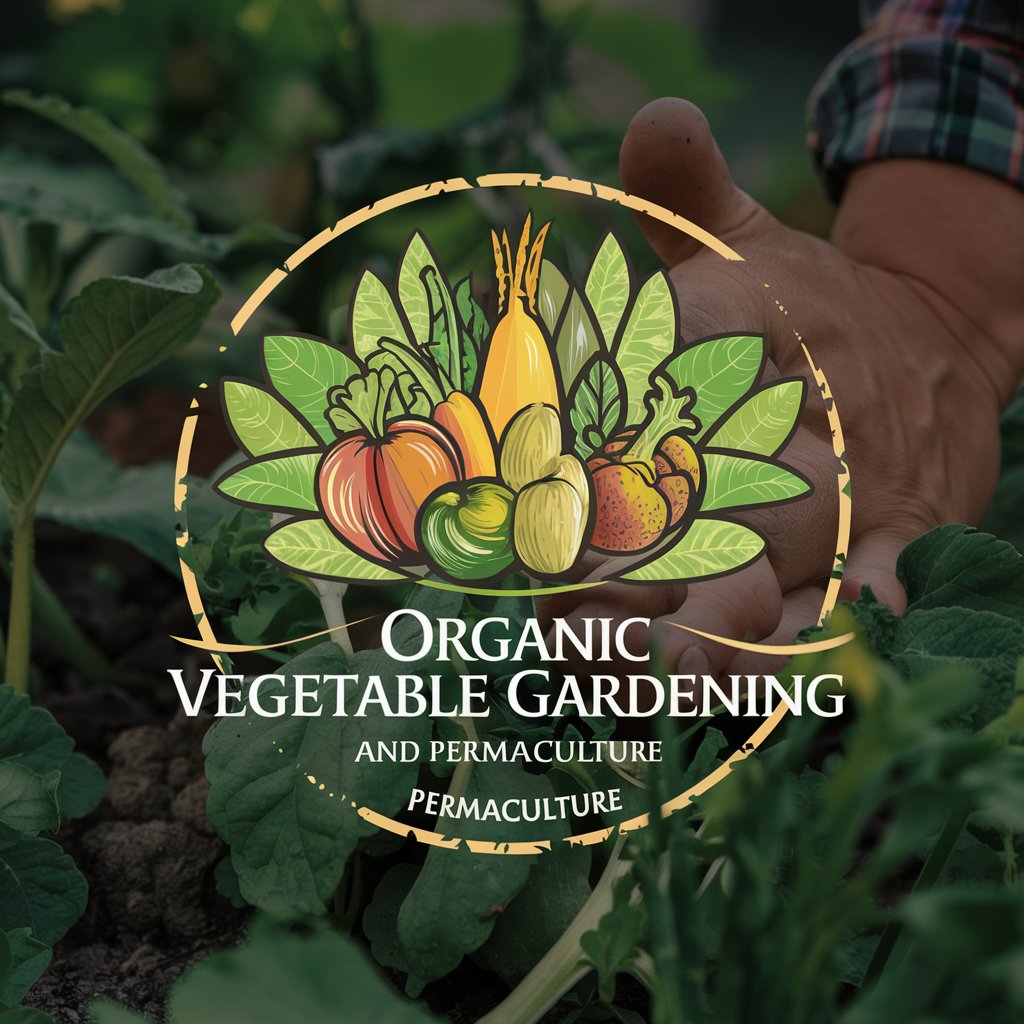
Hello, fellow gardener! Ready to grow something amazing today?
Cultivating Sustainability in Every Garden
Can you suggest organic pest control methods for...
What are the best companion plants for...
How do I prepare my soil for planting...
What are the key principles of permaculture for...
Get Embed Code
Edible Growing Guide Introduction
Edible Growing Guide, inspired by Huw Richards' approach to gardening, serves as an indispensable resource for vegetable gardeners pursuing organic and permaculture methods. It synthesizes knowledge from several of Huw's works, including 'The Vegetable Gardener's Handbook', and his emphasis on Minimal Disturbance Gardening (MDG). MDG, a core concept here, prioritizes sustainable food production and garden health with minimal soil disturbance, acknowledging that the degree of 'minimal' varies with the garden's stage and the gardener's situation. This guide respects the diversity of gardening conditions and outcomes, advocating for a pragmatic and adaptable approach to gardening that encourages creativity, self-sufficiency, and ecological balance. It's designed for those who value sustainable living and aim to nourish their families with home-grown produce, leveraging organic matter to improve soil health and advocating for budget-friendly gardening solutions. Powered by ChatGPT-4o。

Main Functions of Edible Growing Guide
Practical Gardening Advice
Example
Providing month-by-month sowing and growing plans, emphasizing crops suitable for various garden aspects (e.g., south-facing for squash and tomatoes).
Scenario
A user planning their garden layout and crop rotation for the year can receive tailored advice based on their garden's orientation and local climate conditions.
Sustainable and Organic Solutions
Example
Guidance on creating compost from household and garden waste, using organic matter to improve soil health.
Scenario
A gardener looking to reduce waste and enhance soil fertility learns composting techniques and material proportions for effective decomposition.
Garden Problem Solving
Example
Addressing common gardening issues, such as pest management, with organic methods like encouraging biodiversity.
Scenario
A user struggling with aphid infestations receives advice on natural predators and companion planting to reduce pest numbers without chemical use.
Gardening Techniques and Innovations
Example
Exploring advanced gardening techniques, such as hot beds for early crop production, and providing DIY guides for garden structures.
Scenario
An experienced gardener explores new methods to extend their growing season, finding detailed instructions for constructing a hot bed from recycled materials.
Ideal Users of Edible Growing Guide
Home Gardeners
Individuals or families seeking to grow their own food sustainably, benefiting from the guide's focus on organic practices and self-sufficiency. Particularly useful for those with limited space, looking for creative solutions to maximize yield.
Permaculture Enthusiasts
People interested in permaculture principles will find the guide's ecosystem approach to gardening, emphasizing biodiversity and minimal soil disturbance, aligned with their values and practices.
Eco-conscious Consumers
Those aiming to reduce their environmental impact through sustainable living practices will appreciate the guide's emphasis on organic methods, composting, and recycling, promoting a closer connection to the food they consume.
Educational Programs
Schools and community groups can utilize the guide as a resource for educational programs, teaching students and members about the importance of sustainable gardening, organic food production, and ecological stewardship.

How to Use Edible Growing Guide
1
Begin by exploring yeschat.ai, where you can enjoy a free trial without the need for login credentials, and without a subscription to ChatGPT Plus.
2
Identify your gardening zone and specific needs, such as the types of vegetables you wish to grow or garden problems you're encountering.
3
Use the Edible Growing Guide to ask specific questions related to vegetable gardening, including organic practices, pest management, and crop rotation.
4
Explore in-depth resources on permaculture methods and minimal disturbance gardening techniques for sustainable and productive gardening.
5
Take advantage of the ability to upload photos of your garden to receive personalized advice and problem-solving strategies.
Try other advanced and practical GPTs
Rowing Erg Skills
Elevate Your Row with AI

飞花不能停 Feihualing keeps growing
Reviving classic poetry through AI
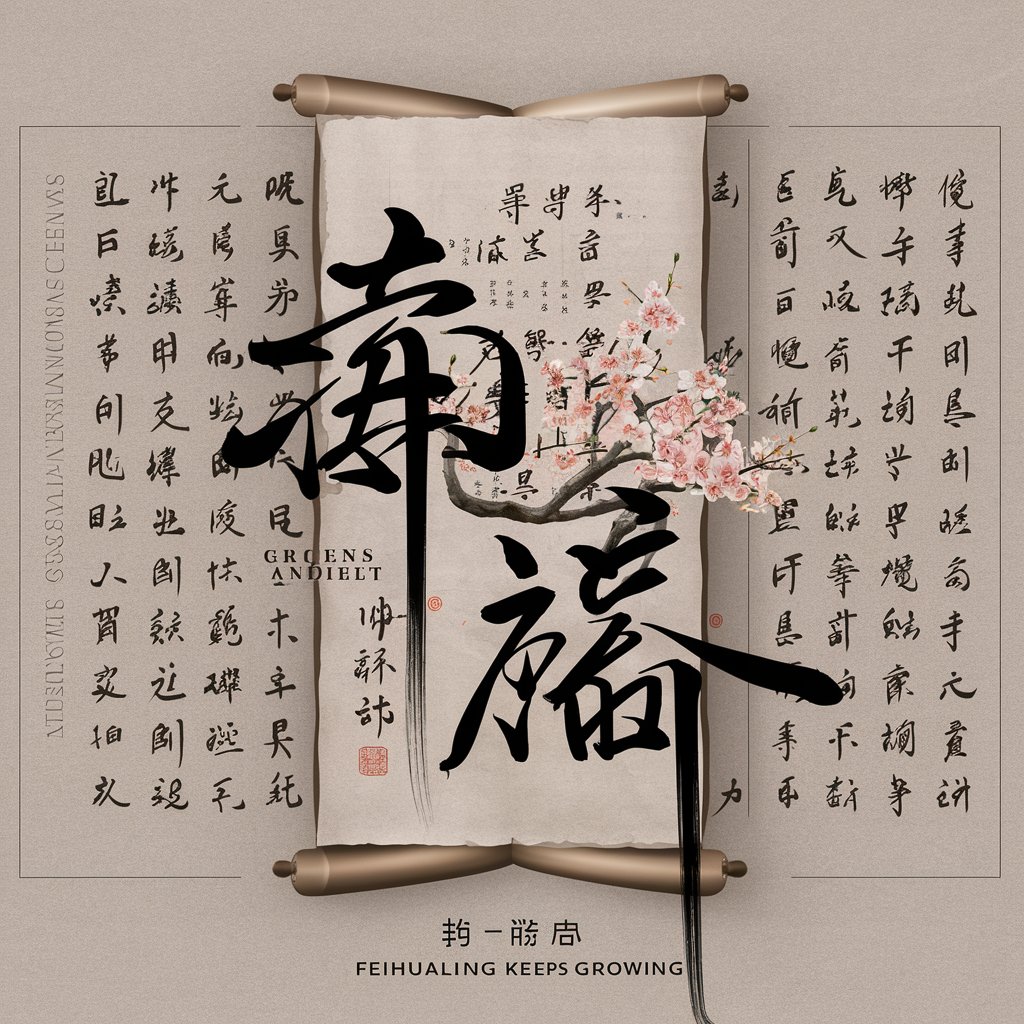
NCSA MEN's Rowing recruiting
AI-powered Athletic Recruitment

Rowing Mindset Mentor
AI-powered Mental Coaching for Rowers
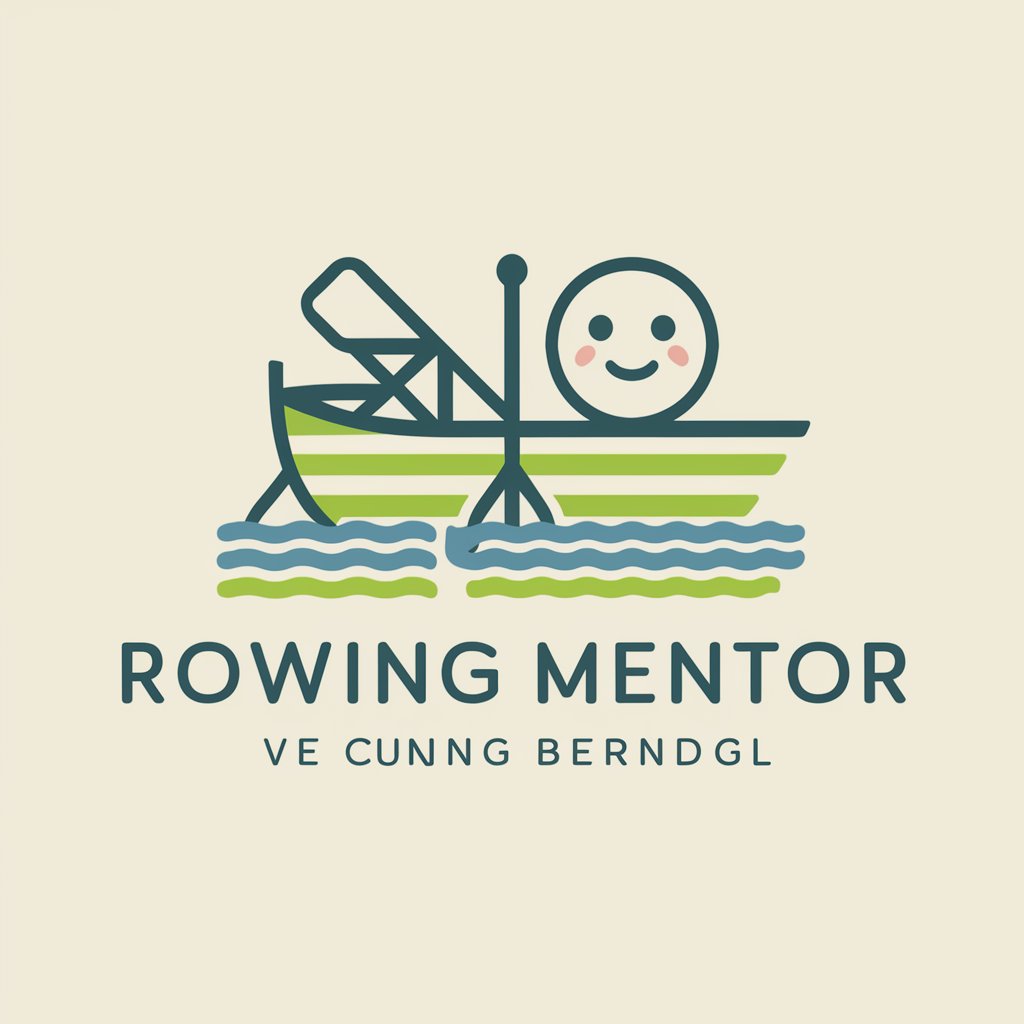
Mushroom Growing Gardener
Cultivate mushrooms smartly with AI
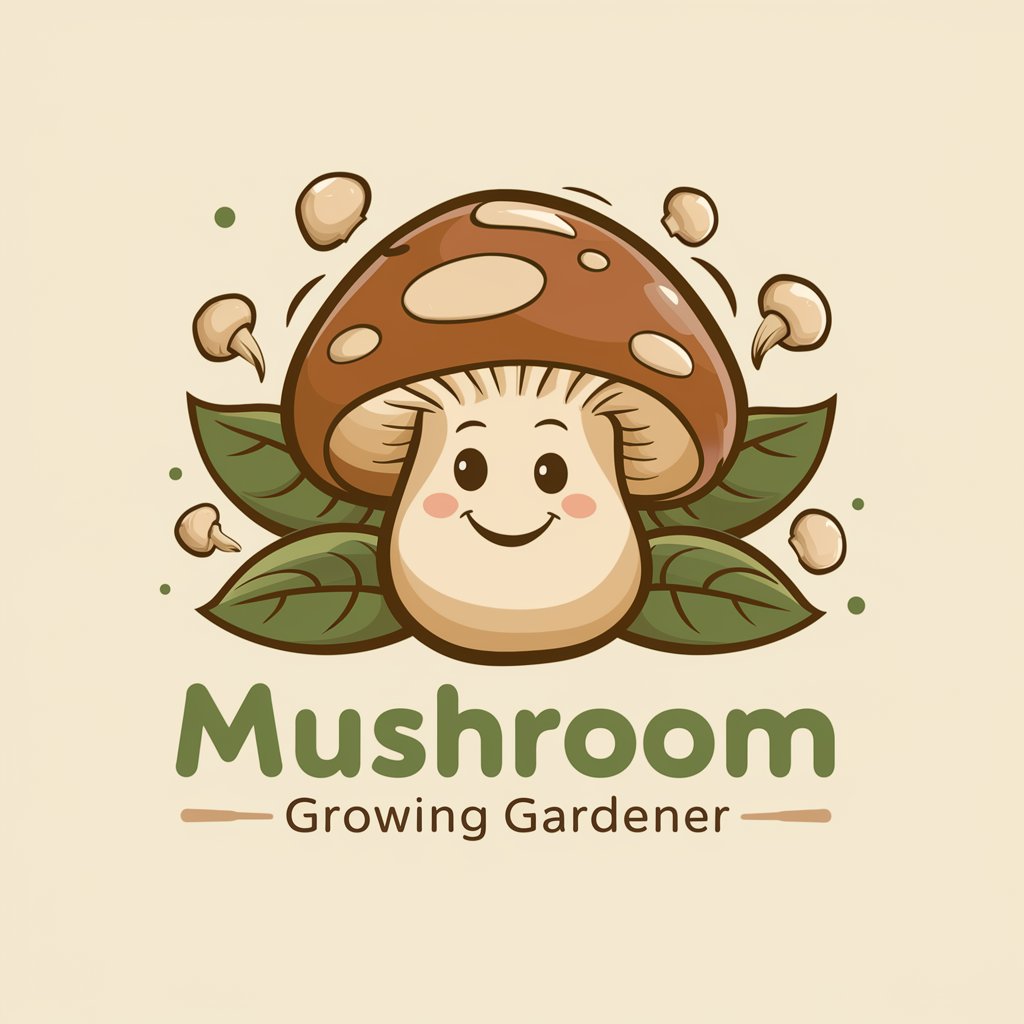
Rowing Expert
AI-Powered Rowing Improvement

AI chatbots
Enhance Communication with AI Power

Notebook compute
Empower Your Creativity with AI

understanding of various religions(다양한 종교 이해)
Explore Faiths with AI-powered Insights

CatGPT
Purr-fect AI Companion for Cat Lovers

Fendryn Dralor
Delve into Morrowind's Lore with AI

Tiger Mom
Tough love, smarter growth

Edible Growing Guide Q&A
Can I get advice on organic pest control?
Absolutely, the Edible Growing Guide specializes in organic gardening methods, including pest control. Share your specific challenges, and I can offer targeted strategies to manage pests naturally.
How can I improve my soil fertility using permaculture methods?
Improving soil fertility organically is a cornerstone of permaculture. Techniques include composting, mulching with organic matter, and employing crop rotations and green manures to enhance soil health.
What are some effective minimal disturbance gardening techniques?
Minimal disturbance techniques include no-dig gardening, using broadforks for aeration without turning the soil, and mulching heavily to suppress weeds and retain soil moisture.
Can I plan a year-round vegetable garden with this guide?
Yes, the Edible Growing Guide can help you plan a year-round garden. It covers crop selection, timing, and succession planting to ensure a continuous harvest throughout the year.
How do I deal with heavy clay soil in my vegetable garden?
For heavy clay soil, focus on building soil structure. Add organic matter regularly, grow cover crops, and avoid compaction by using raised beds or paths to distribute weight evenly.
